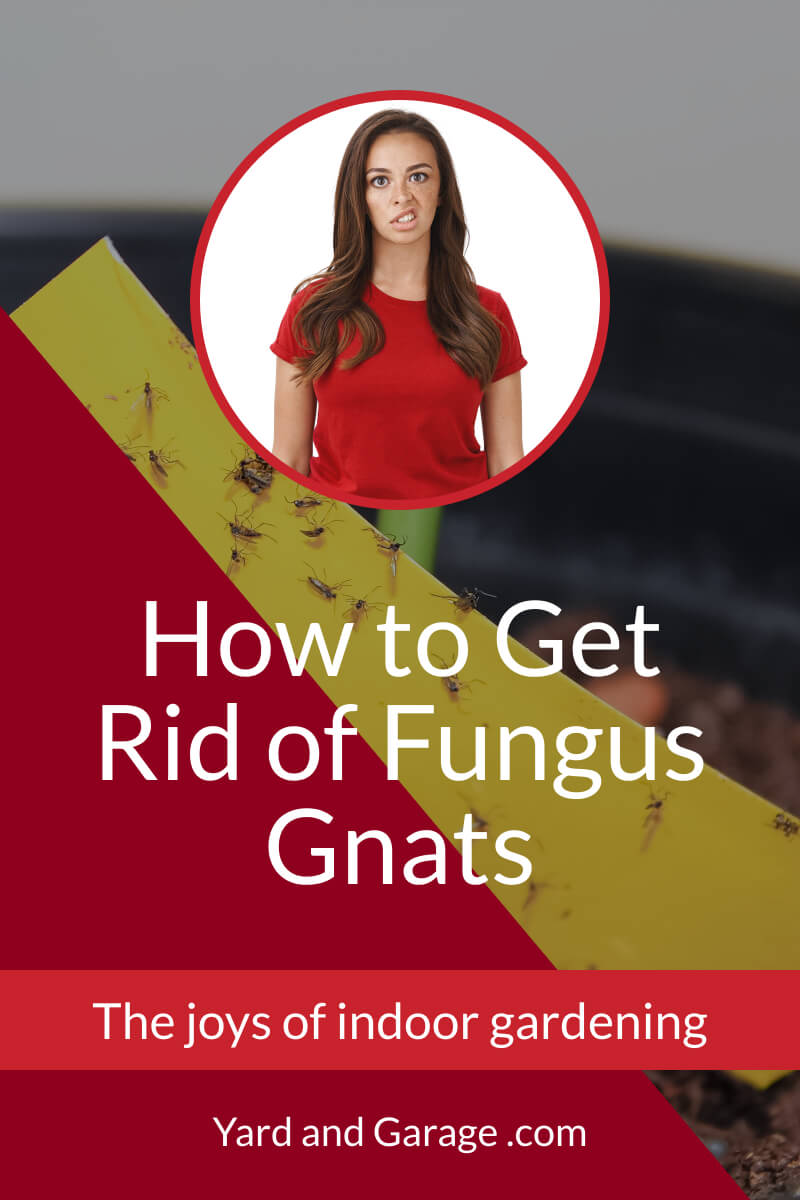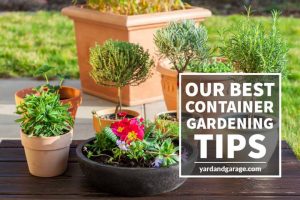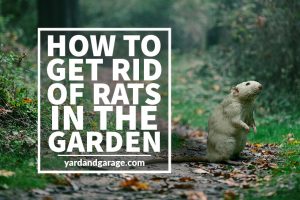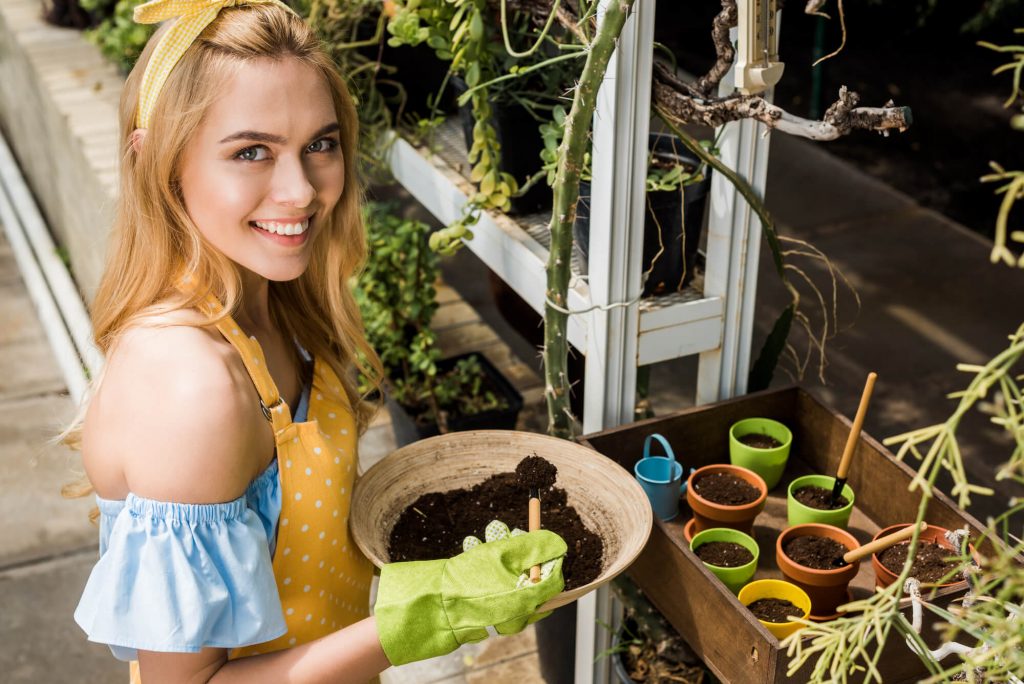
One of the biggest problems for greenhouse plants and houseplants are these tiny flying insects called fungus gnats. They already annoying because these gnats and they’re flying around – but they can also wreck some serious havoc on your plants.
Fungus gnats are mosquito-like insects that are about an eighth of an inch long with a single pair of transparent wings. You will see the adults scatter and fly around when the host plant is disturbed. This is often the first sign of an infestation.
Adult fungus gnats are generally harmless in that they do not feed on plants and they will not sting or bit you. What they do though is lay an large amount of eggs. That leads to larvae and that is where the majority of damage comes from. The adults only live about a week but they can lay hundreds of eggs in the soil of your plants during that time.
Damp soil that is rich in organic matter is particularly attractive to them. After about 4-6 days, the fungus gnat eggs will hatch and then the next two weeks will see the larvae feed on plant roots and root hairs in the soil.
This activity can weaken the plants, stunt their growth and cause sudden yellowing or wilting of the leaves. Plants may even lose leaves or have disfigured growth in severe infestations.
Bottom line is this – if you see fungus gnats flitting around your plants, it is almost a guarantee that your plant’s soil is infested with larvae feasting on the delicate roots of your plants.
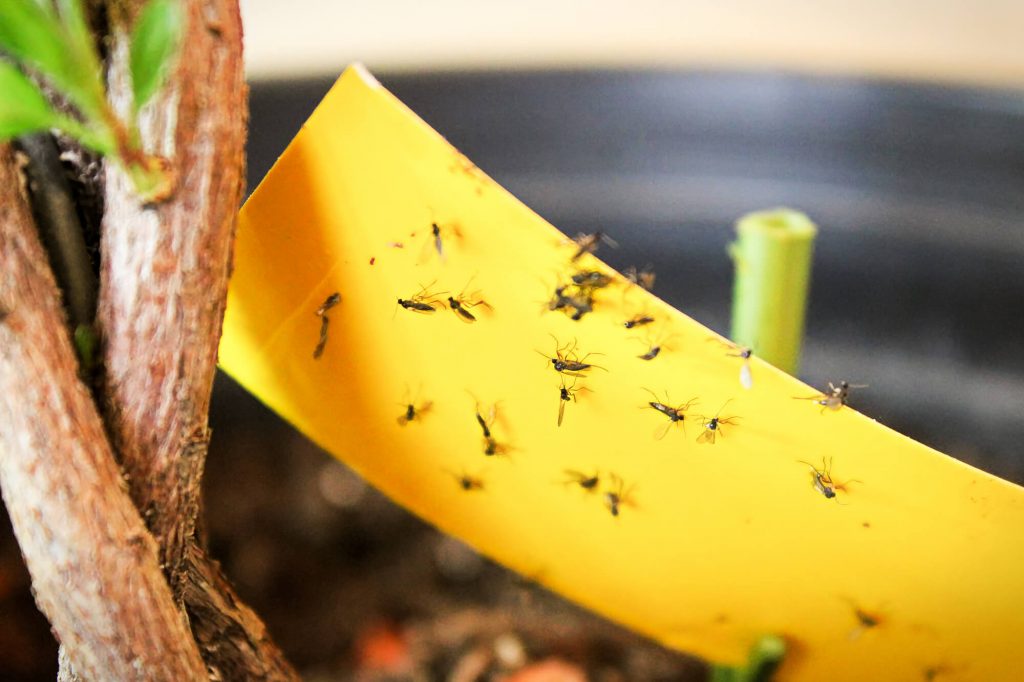
Identifying Fungus Gnats
If you would like to monitor the fungus gnat situation you can place some yellow sticky traps horizontally near the plants.
Most garden centers carry yellow sticky traps. The adult fungus gnats are not that skilled in flying and will find themselves stuck to the yellow sticky traps as they move about.
Now, I recommend that you only use the yellow sticky traps as a means to assess and monitor your fungus gnat situation. It should not be used to try and control the gnat population because the larvae are the ones that cause the real damage.
Gnat larvae can be killed but you should first determine whether these flying insects are really fungus gnats or another flying nuisance such as fruit flies.
If you becomes suspicious that one of your plants has become infested with the larvae of fungus gnat, you can just grab a magnifying glass and perform a close-up inspection of the soil. Simply tilt the pot until you can access the top few inches of soil. If the larvae are present, there will be some clear or whitish thread-like larvae below the soil surface.
Another option is to place 1-2 inch pieces of raw potato on the soil surface. In about four hours, the fungus gnat larvae should swarm to the potato looking for that free lunch. If you find any tiny black-headed larvae either one or under the potato, you will have your confirmation.
Once you have absolutely determined that the fungus gnats are present, you can kill the adults with any insecticide spray prescribed for gnats or flying insects. However, it is another matter altogether to rid yourself of the larvae residing in the soil.
Controlling Fungus Gnats
The most effective method to kill fungus gnat larvae is to drench the soil. Several products are available including a microbial insecticide and those which contain a form of Bacillus Thuringiensis (subspecies israelensis).
Gnatrol is one of the branded options which uses a form of Bacillus Thuriniensis specifically for fungus gnats. If you have a much larger area to treat, you can consider using parasitic nematodes to attack the fungus gnat larvae. If you’re looking for an organic solution, neem oil can also be used as a soil drench and kill the gnat larvae.
Using Hydrogen Peroxide
However, you probably already have something in your home that can easily control these nasty fungus gnats. Hydrogen peroxide will kill fungus gnat larvae on contact. Just be sure to use the basic 3% solution hydrogen peroxide without any additional ingredients.
Before you begin, you will need to have the top two inches fairly dry so discontinue watering the plants for a few days. The top two inches is where the majority of the fungus gnat larvae reside and they are unable to survive in dry soil. If the soil is really dry, the larvae will become dormant until such time that the soil becomes moist enough for them to continue their growth and development.
Once that top layer of soil is completely dry, simply combine one part hydrogen peroxide with four parts water. Take this combined solution and use it to water your plants as you normally would. Once the fungus gnat larvae make contact with the hydrogen peroxide they will die but you don’t need to worry about your plants. As long as you maintain a 1:4 ratio, the hydrogen peroxide solution will not harm the plant.
Monitor Gnat Population
You can continue to use the yellow stick traps to monitor the overall population of fungus gnats. As long as you continue to identify adult fungus gnats, you will need to continue routine soil drenches with the hydrogen peroxide solution.
If you find that this is a recurring issue, you may want to consider using the hydrogen peroxide solution on a monthly basis to try and prevent future outbreaks. Hydrogen peroxide will break down into its base components of water and oxygen over time, so unless you use an extremely large amount, you should not experience any negative impacts on your plants.
Pinterest Image
Feel free to share!
